If you're a construction worker, you're no stranger to working in harsh weather conditions, rain included. The fluctuating unpredictable weather conditions require you to be well-equipped for whatever Mother Nature throws at you, making high-quality rain gear critical to keep you dry and comfortable. Our guide uncovers the top-rated rain gear for construction workers, provides insights into the most durable materials, and offers specific recommendations for various work conditions. Whether you are looking for economical rain suits, fashionable gear that doesn't compromise function, or insulated jackets for cooler temperatures, we've got you covered. Dive in to explore and find the perfect rain gear that meets your unique needs.
Importance of High-Quality Rain Gear in Construction
It's no secret that construction work is demanding. Workers are often exposed to various weather conditions, including rain, which can pose substantial challenges. One essential way to manage these challenges effectively is by wearing high-quality rain gear. In construction, the right rain gear can make a significant difference when it comes to safety and productivity. Essential characteristics to look for when choosing rain gear include durability, comfort, and water resistance.
Durability
Durability tops the list when selecting rain gear for construction work. Building sites are rugged environments where conditions are often punishing. As such, it's crucial that workers' gear can withstand the tough demands of the job. Here are a few points to consider:
- Construction rain gear should be tear and puncture-resistant.
- Consider gear with reinforced areas that usually suffer from wear and tear.
- Construction rain gear should also be capable of withstanding frequent cleaning since it will inevitably be exposed to dirt and debris.
Comfort
On a busy construction site, comfortable rain gear is more than a luxury; it's a necessity. Workers often spend long hours in their gear, and discomfort can distract them from their tasks, potentially leading to costly mistakes. Ensuring the rain gear is comfortable entails:
- Suitably sized and fitting—gear that is too tight or too loose can restrict movement or provide inadequate protection.
- Breathability—the gear should allow moisture to escape to prevent overheating and discomfort.
- Weight—lightweight rain gear can reduce the burden on workers, making them more comfortable.
Water Resistance
Water resistance is a no-brainer when it comes to rain gear for construction work. However, the degree of water resistance can vary, with some gear only offering minimal protection in light showers, while others can keep the wearer dry in heavy downpours. As a rule of thumb, it is always advisable to go for the highest level of water resistance possible to ensure maximum protection in any weather.
"I can't tell you how many times I've seen productivity slow down because workers were not appropriately protected from the rain," said an experienced construction site manager, emphasizing the importance of high-quality rain gear in a wet environment.
High-quality rain gear doesn't only offer protection from adverse weather conditions. It boosts both the morale and productivity of workers, saving the company time and money in the long run. Given these benefits, there's no question that high-quality rain gear should be viewed as a critical investment for any construction company.
Popular Materials for Work Rain Gear
When curtains of water descend from the sky, work doesn't halt; it merely adjusts with the correct gear. Protecting you from the elements, the right rain gear can make the difference between a productive day and a damp failure. The trick lies in choosing a material that is both water-resistant and breathable. Among the myriad options available in the market, breathable nylon and polyester stand out as two popular materials for work rain gear. But what makes these materials so sought-after? Let’s find out.
Breathable Nylon
Nylon, particularly breathable nylon, leads the pack when it comes to rain gear materials. Here's why:
- Water-Repellency: Nylon is famous for its ability to repel water, understandably a top priority when facing rain-soaked working conditions. Breathable nylon adds to this by being structured in a way that it can keep the water out while still allowing air in.
- Durability: Nylon's resilience paired with its lightweight attributes makes it ideal for environments that require mobility and strength. With breathable nylon, you can brave through the harsh elements without worry about wear and tear.
- Easy to Clean: After a long, wet day at work, the last thing anyone wants is a hassle while cleaning. Thankfully, nylon scores high on ease of cleaning. A simple wipe down is usually enough to keep this material in top form.
Polyester
Polyester is another fan favourite when it comes to materials for work rain gear. Let's take a quick dive into its reasons for popularity:
- Water Resistance: Like nylon, polyester also provides impressive water resistance. Those who wear polyester know that this is a beneficial feature when you’re working under rainy conditions.
- Strength: Polyester owns the reputation of providing exceptional strength against the elements, making it one of the most robust materials one can get for their work rain gear.
- Cost-Effective: The cherry on top? Polyester often comes at a much more reasonable price point compared to other materials. For those who seek value for their money, polyester necessity becomes a standout choice in work rain gear materials.
In the end, choosing between breathable nylon and polyester for work rain gear comes down to personal preferences and specific work requirements. Both materials have unique strengths and offer excellent protection against the rain, making them popular choices for those who need to stay dry and comfortable even during the harsh weather conditions.
Specific Gear Recommendations for Different Work Conditions
What's the outlook for today’s worksite conditions? For employees working outdoors, weather plays a substantial part in their comfort and safety. It's critical to have suitable workwear for varying work conditions. Let’s take up the subject of rainy weather and consolidate gear recommendations based on employee needs.
Rain Gear for Wet Weather
There's nothing worse than getting stuck working on a day when the weather decides to give an impromptu shower. Productivity can take a significant dip if workers are not equipped with reliable rain gear. Luckily, there are options available for ANSI-rated rain gear that cater to the specific needs of various job types.
When it's wet and rainy, high-visibility rainwear is vital. This rain gear is often made using luminous colors and reflective materials that ensure the wearer is clearly seen even in poor visibility conditions, reducing the risk of accidents.
High-Visibility Rainwear
Accidents waiting to happen often find a place under the grey skies. When torrential rain and sleet turn visibility to almost zero, the right kind of high-visibility rainwear is a true game-changer. It illuminates a worker's presence, underlining their location amid falling rain. Bright colors and reflective trims effectively bounce back light, making workers highly visible, and significantly diminishing the risk of mishaps.
Economical Rain Suits
While premium gear does bring quality and durability to the table, not all budgets may permit such splurges. The good news? There are options like the Majestic Hi Vis 2-Piece Waterproof Rain Suit with Hood that offer an economical and reliable choice. This rain suit combines functionality with affordability, providing waterproof protection and high-visibility elements without breaking the bank.
Rain Gear for Warm Conditions
Scorching heat accompanying an occasional shower can turn the situation sticky. For consistently warm conditions, unlined rain jackets and pants come to the rescue. Engineered without any added thermal lining, these solely focus on being waterproof, keeping the wearer dry without adding excessive heat.
Insulated Rain Jackets for Cooler Temperatures
Slogging through cooler temperatures brings its own set of challenges. The damp, chilly winds paired with drenching rain can bring down body temperatures drastically. Insulated rain jackets work better here, their added lining providing essential warmth, and helping maintain a steady body temperature, while their waterproof outer layer keeps the wearer dry.
Choosing the right workwear depends largely on the specific work conditions. Be it high-visibility gear for low light, economical suits for tight budgets, or insulated jackets for cooler climes; one must prioritize the right tool for the job. After all, productivity and safety walk hand-in-hand when it comes to outdoor labor. Stay smart and stay safe!
Rain Gear Designs and Versatility
Rain gear plays a crucial role in everyone's wardrobe, particularly for professionals like construction workers who often labor outdoors, often being subjected to unpredictable weather elements. Appropriate rainwear is not just about tackling torrential downpour but ensuring comfort, durability, and sometimes, even making a fashion statement while at it. The following sections highlight various facets of rain gear designs for construction workers, focusing on their fashionable and versatile qualities, the material's effectiveness, and a mention about the robust heavy-duty rain gear sets.
Fashionable and Versatile Rain Gear
In an era where the boundaries between functionality and fashion continue to blur, rain gear has also jumped on the bandwagon. Construction workers can now benefit from rain gear designed not only for efficacy but style. Offering a variety of sizes, colors, and even patterns, these outfit essentials ensure that serving utility does not compromise personal style.
- Colors and Patterns: From bright oranges, blues, high-viz yellows to more subdued shades and vibrant patterns, construction workers have a smorgasbord of choices.
- Sizes: An inclusive range of sizes ensures optimum fit for everyone, contributing to both safety and comfort.
Waterproof, Breathable, and Comfortable Rain Gear
The primary functionality of rain gear is to protect against water. However, with advancements in fabric technology, the material of rainwear for construction workers has evolved to be waterproof, breathable, comfortable, and even retaining heat, which are quintessential for them.
- Waterproofing: Created with durable water-repellent fabrics, these garments prevent water from seeping in, keeping the worker dry.
- Breathability: Fabrics that allow perspiration to evaporate, ensuring that you don't steam inside your gear.
- Comfort: Flexible and lightweight materials contribute to overall comfort.
- Heat Retention: Some rain gears are lined with thermal materials keeping the worker warm in cold, wet weather.
Heavy-Duty Rain Gear Sets
For construction workers out in the elements, standard rain gear might not suffice. The heavy-duty rain gear sets, designed for ruggedness, could be their savior. With reinforced stitching, sealed seams, and extra durable fabrics, these sets offer virtual impermeability. These sets establish a powerful barrier against wind, rain, and even cold, thus ensuring a seamless work experience, even when the skies look intimidating.
In sum, rain gear has undoubtedly transcended beyond being a mere piece of functional attire. Whether it is about making a splash in vibrant hues, emphasizing comfort with breathable fabrics, or offering reinforced protection with heavy-duty sets, rainwear is now catered to construction workers' versatile needs, with a keen emphasis on design and functionality. As rain gear continues to evolve, it decidedly remains an indispensable gear in the toolbox of a construction worker.
Personal Protective Equipment
From construction workers to firefighters, every profession requires a certain degree of protection against the challenges posed by the environment. Seeking to ensure this safety, we often rummage through a multitude of protective gear, failing to recognize the importance of a reliable piece of equipment that helps us remain dry and comfortable. Fear not, we're about to unfold the secrets behind the indispensable and well-loved Personal Protective Equipment (PPE) - rain jackets, and coats.Rain Jackets and Coats
For professions that require working outdoors, having high-quality rain jackets and coats as part of their PPE wardrobe is crucial. These pieces are not just clothing, but a shield, safeguarding the wearer from harsh weather conditions while also being a beacon of visibility during misty, foggy, or dark times.
Rain jackets and coats provide several indispensable benefits:
- Weather-resistant: They're designed to resist precipitation and acute conditions, reducing the chance of water seeping into the clothing and making the wearer uncomfortable. They also help in temperature regulation, particularly valuable during colder seasons.
- Durability: These jackets and coats are engineered for toughness, capable of withstanding rigorous conditions typically encountered by construction workers, surveyors, and more.
- High Visibility: Many of these safety outerwear pieces are enhanced with reflectors and bright colors, ensuring the wearer is visible even in low light atmospheres, a key consideration for police officers, EMS/EMT, and firefighters.
No one would argue against the fact that rain jackets and coats are a pivotal part of PPE, providing not just physical shield but also furthering the effectiveness of the job by offering comfort, resilience, and high visibility. So, next time you suit up for your job, ensure that this piece of essential protective equipment is part of your gear. It's not just about wearing a piece of clothing, but about embracing safety and efficiency at your workplace.
Conclusion
Finding the right balance between protection and comfort can be challenging when it comes to work rain gear. With the variety of materials, design options, and specific features available today, there's no need to compromise on any aspect. High-quality rain gear like that offered by Hurricane Raingear, can considerably enhance the quality of work life for construction workers who often have to brave rough weather conditions.
With their 100% waterproof and rip-resistant material, they provide proficient protection against harsh weather, increasing productivity and reducing work-related hazards. The unique combination of being waterproof and breathable makes this gear extremely comfortable for all-day use. Moreover, the inclusion of reflective 3M striping ensures enhanced visibility, a crucial factor in high-risk zones.
This makes Hurricane Raingear a comprehensive solution for all-weather protection for construction workers. Visit the Hurricane Raingear's Official Website to explore their range of offerings. Weather shouldn't limit work potential, and the right gear can make a world of difference.
Invest in premium-quality rain gear today and witness the transformation in performance and comfort it can offer.
Frequently Asked Questions
-
What are the essential rain gear items for construction workers?
The essential rain gear items for construction workers include a waterproof jacket, rain pants, waterproof boots, a hat with a brim, and waterproof gloves.
-
What are the top-rated rain gear brands for construction workers?
Some of the top-rated rain gear brands for construction workers are Carhartt, Helly Hansen, Columbia, Grundens, and Marmot.
-
How do I choose the right size rain gear for construction work?
To choose the right size rain gear for construction work, refer to the sizing charts provided by the manufacturer and measure yourself accurately. Consider the fit of the gear, allowing enough room for movement and layering if needed.
-
What features should I look for in rain gear for construction work?
When choosing rain gear for construction work, look for features such as waterproof and breathable materials, sealed seams, adjustable cuffs and hems, multiple pockets for storage, and reflective elements for visibility.
-
How do I care for and maintain rain gear for construction work?
To care for rain gear, follow the manufacturer's instructions. Generally, it involves machine washing with a gentle detergent, avoiding fabric softeners, and hang-drying. It's also important to regularly check and reapply waterproof treatments if needed.



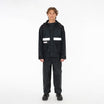
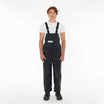
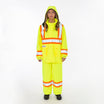
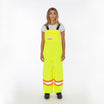
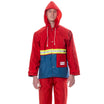
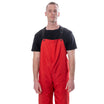
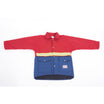
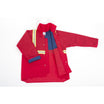
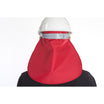
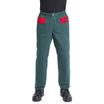
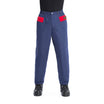
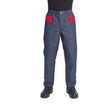
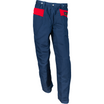
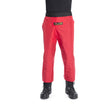
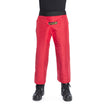
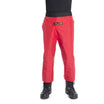
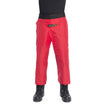
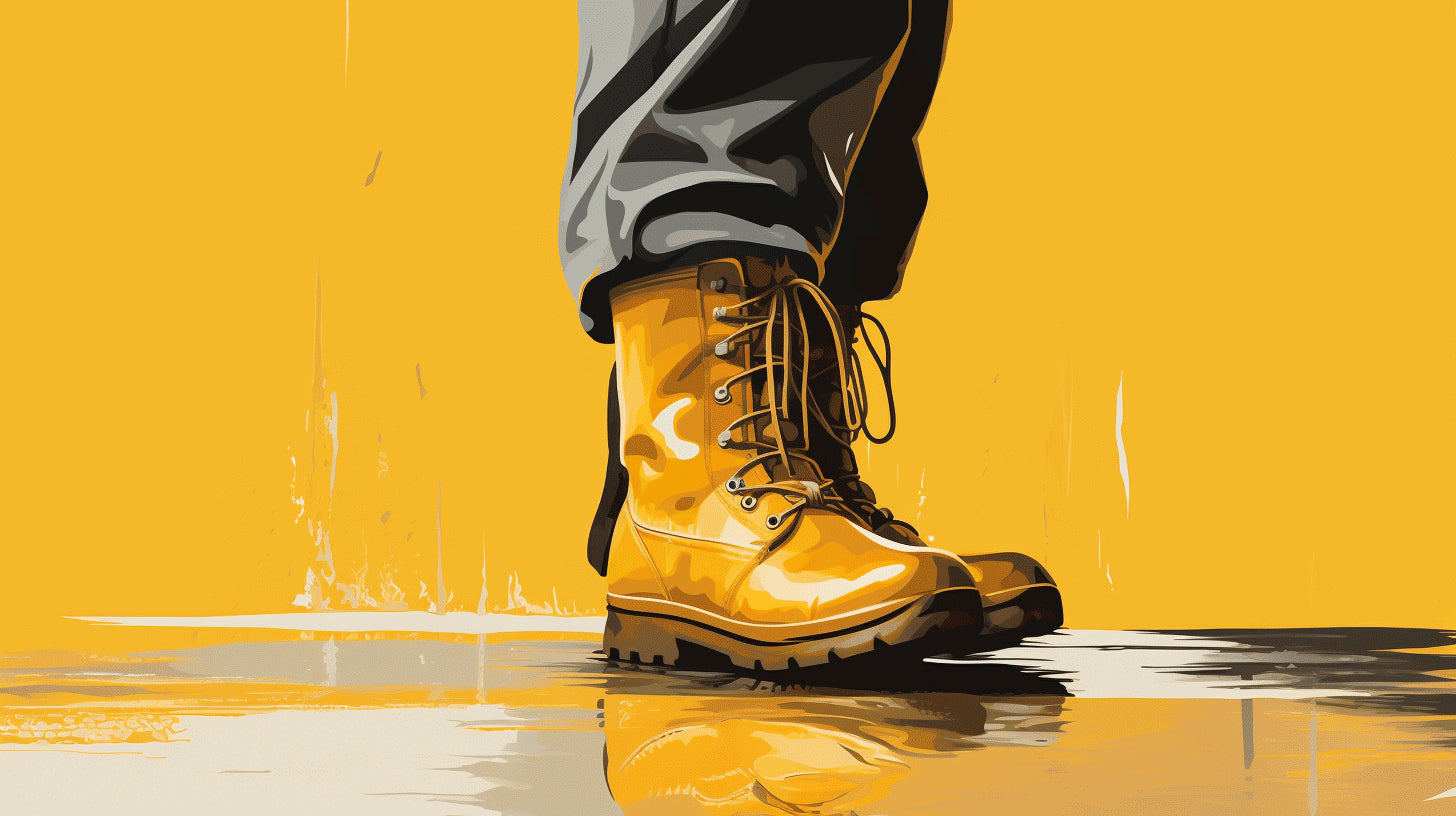
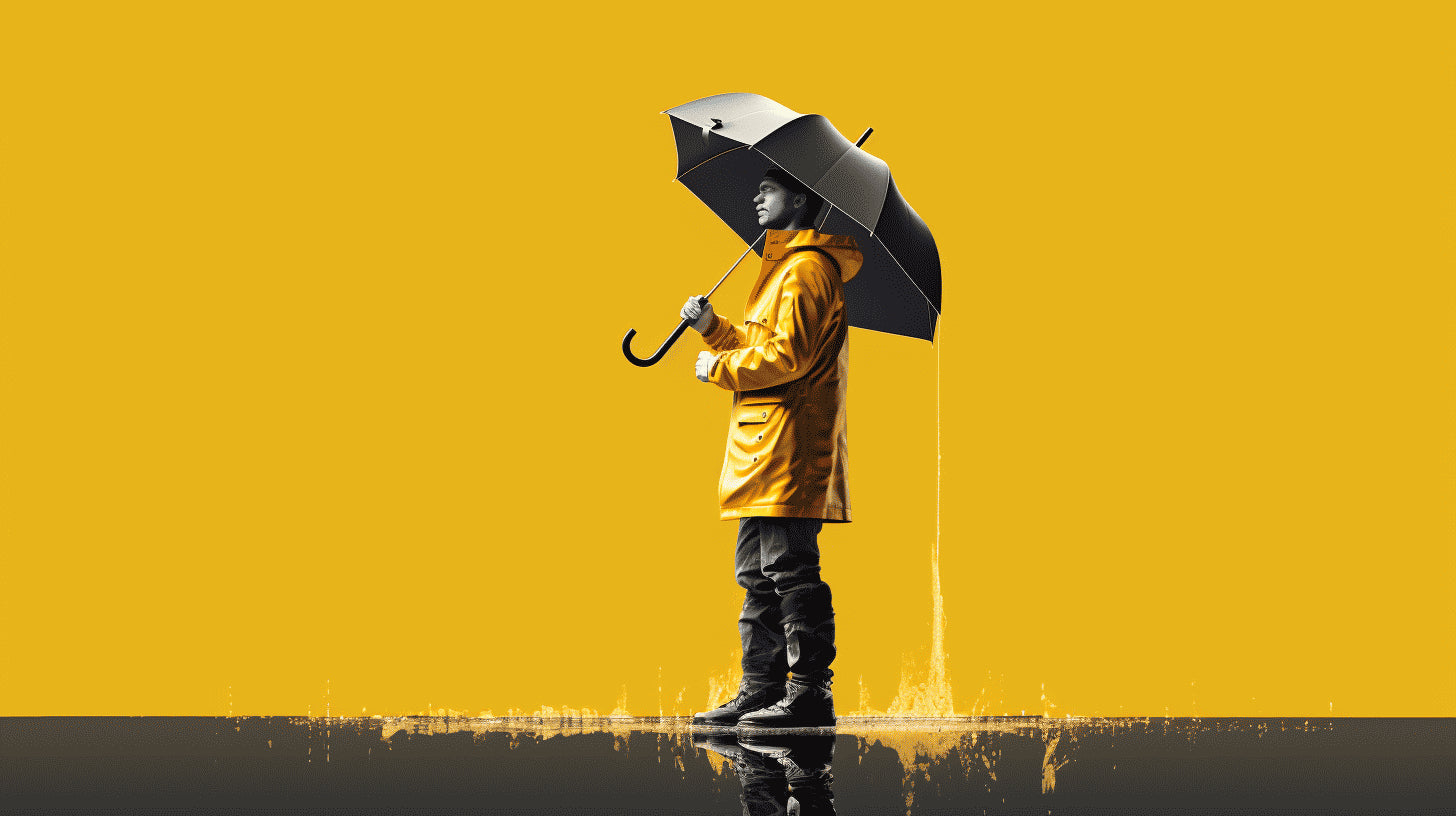
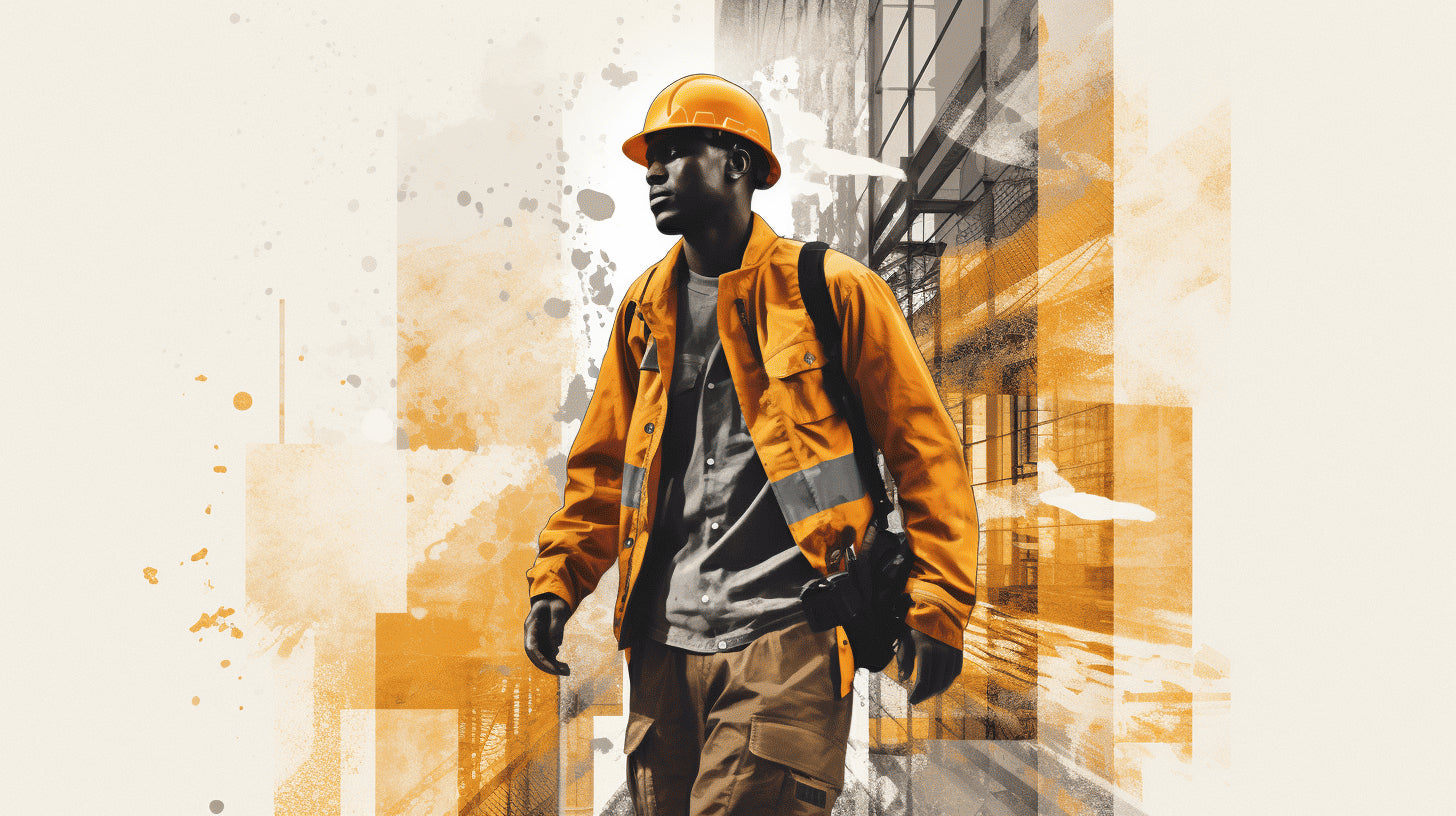
Leave a comment
This site is protected by hCaptcha and the hCaptcha Privacy Policy and Terms of Service apply.